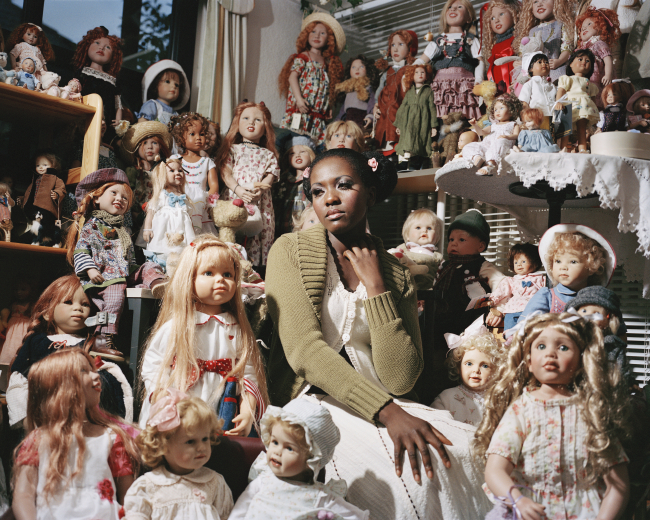Seminary Co-op & co-sponsored with MIT Press
Peter Chametzky - "Turks, Jews, and Other Germans in Contemporary Art" - Reinhold Heller

Peter Chametzky will discuss his book, "Turks, Jews, and Other Germans in Contemporary Art." He will be joined in conversation by Reinhold Heller. This event is presented by the Seminary Co-op.
About the book: With Turks, Jews, and Other Germans in Contemporary Art, Peter Chametzky presents a view of visual culture in Germany that leaves behind the usual suspects--those artists who dominate discussions of contemporary German art, and instead turns to those artists not as well known outside Germany. In this first book-length examination of Germany's multicultural art scene, Chametzky explores the work of more than thirty German artists who are (among other ethnicities) Turkish, Jewish, Arab, Asian, Iranian, Sinti and Roma, Balkan, and Afro-German.
With a title that echoes Peter Gay's 1978 collection of essays, "Freud, Jews and Other Germans," this book, like Gay's, rejects the idea of us and them in German culture. Discussing artworks in a variety of media that both critique and expand notions of identity and community, Chametzky offers a counternarrative to the fiction of an exclusively white, Christian German culture, arguing for a cosmopolitan Germanness. He considers works that deploy critical, confrontational, and playful uses of language, especially German and Turkish; that assert the presence of foreign bodies among the German body politic; that grapple with food as a cultural marker; that engage with mass media; and that depict and inhabit spaces imbued with the element of time.
American discussions of German contemporary art have largely ignored the emergence of non-ethnic Germans as some of Germany's most important visual artists. Turks, Jews, and Other Germans in Contemporary Art fills this gap.
About the author: Peter Chametzky has been Professor of Art History at the University of South Carolina, Columbia, since 2012. From 1998 to 2012 he taught in the School of Art and Design at Southern Illinois University, Carbondale. In addition to this book, he is the author of "Objects as History in Twentieth-Century German Art: Beckmann to Beuys" (University of California Press, 2010). He has published articles in such journals as Art in America, The Art Bulletin,The Massachusetts Review, Modern Intellectual History, and Oxford Art Journal. Exhibition catalogue essays for the Reina Sofia Museum in Madrid and Schirn Kunsthalle in Frankfurt aM are forthcoming in 2022.
About the interlocutor: Reinhold Heller is Professor Emeritus in Art History, Germanic Studies, the Department of Visual Arts and the College at the University of Chicago. The meaning of art in social and psychological contexts is a constant concern for him. An authority on 19th and 20th century German art and especially on German Expressionism, he is the author of numerous books and exhibition catalogues on Edvard Munch and Gabriele Münter, and Hildegard Auer. Other publications have concerned printmaking, the Symbolist movement, the emergence of abstraction, Dada, resistance and art in National Socialist Germany, and the art of the Wilhelmine and Weimar periods. In 2010, he curated "The Birth of Expressionism: Brücke in Dresden and Berlin 1905-1913” for the Neue Galerie New York, the first exhibition devoted to this pioneering group of German Expressionist artists at a major American museum. In 2016, he co-curated the exhibition "Edvard Munch and German Expressionism" at the Neue Galerie New York.
This event is co-sponsored by MIT Press.
Seminary Co-op Website
Image information: Maziar Moradi, Untitled, from Ich werde deutsch (I Become German), 2008–2013, C-print, 100 × 125 cm. Photograph courtesy the artist. © Maziar Moradi.
This convening is open to all invitees who are compliant with UChicago vaccination requirements and, because of ongoing health risks, particularly to the unvaccinated, participants are expected to adopt the risk mitigation measures (masking and social distancing, etc.) appropriate to their vaccination status as advised by public health officials or to their individual vulnerabilities as advised by a medical professional. Public convening may not be safe for all and carries a risk for contracting COVID-19, particularly for those unvaccinated. Participants will not know the vaccination status of others and should follow appropriate risk mitigation measures.